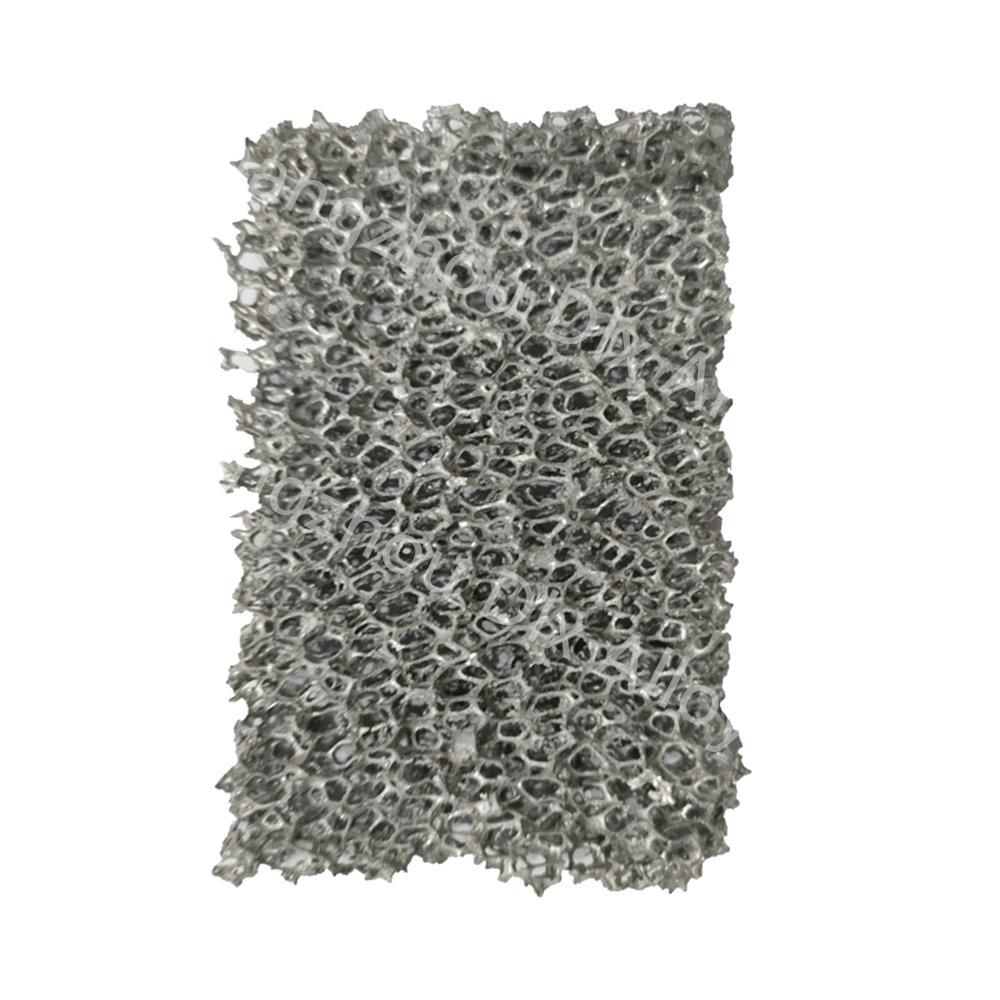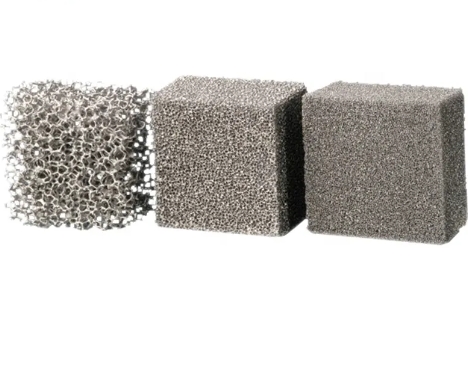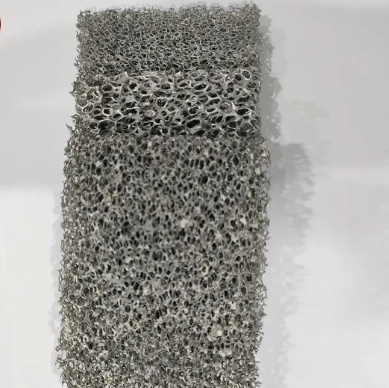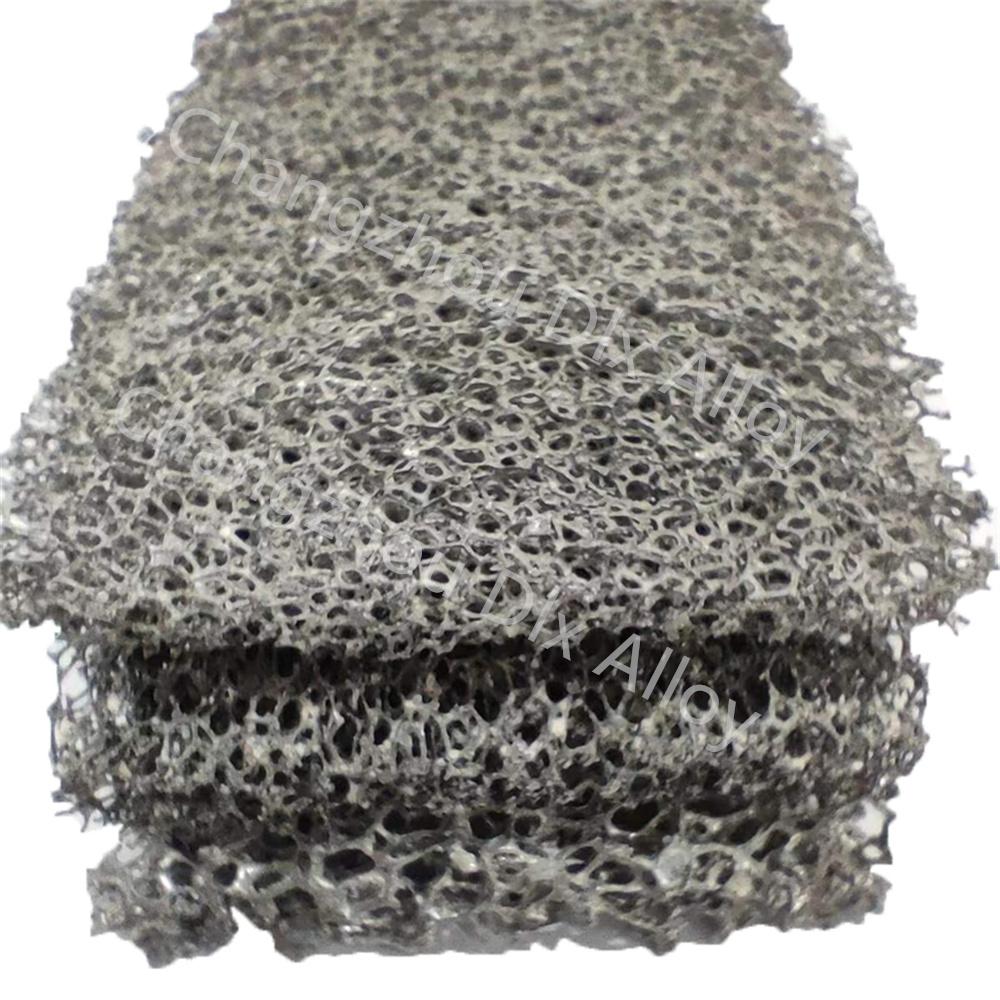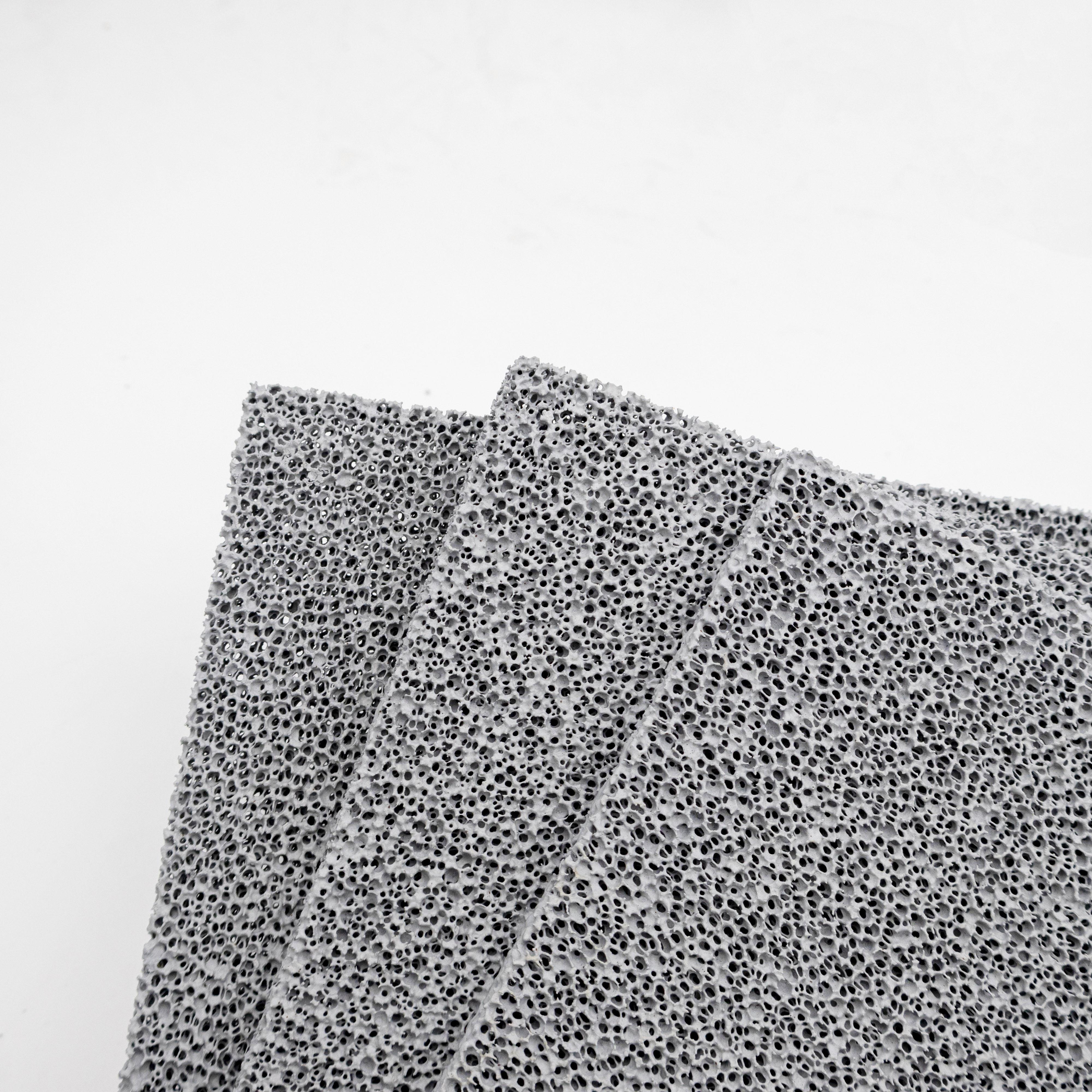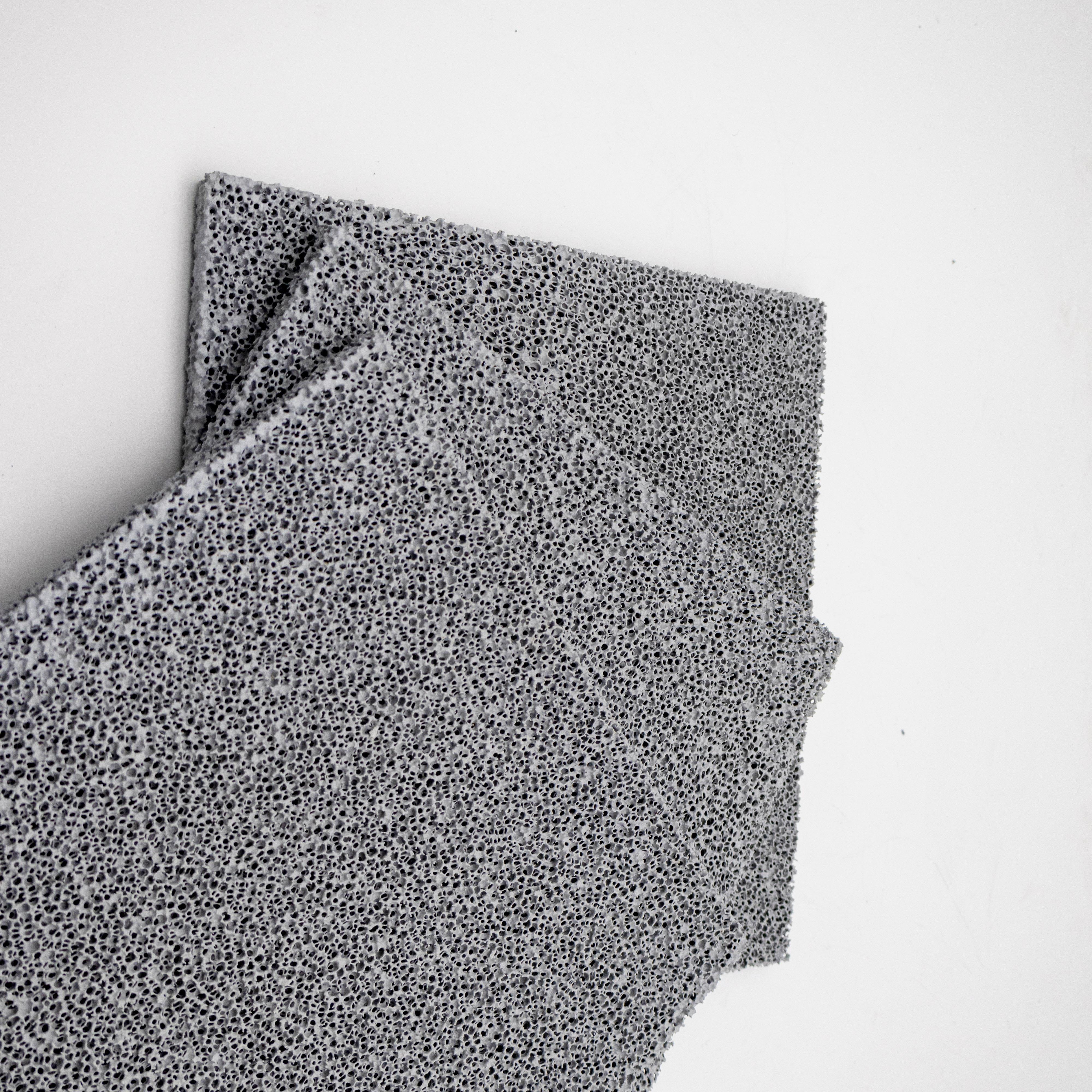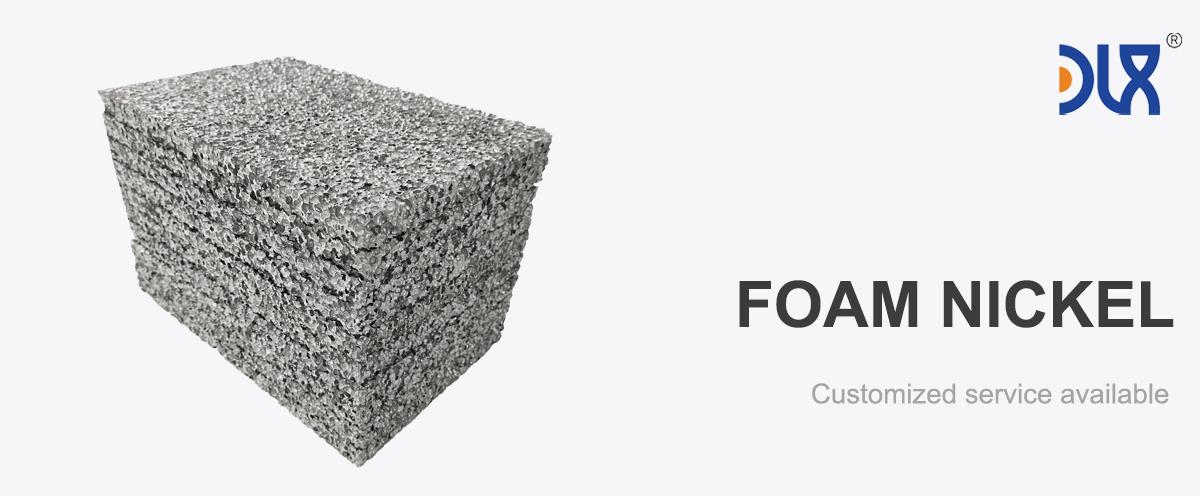
Our low-density Nickel Foam is a revolutionary material designed to redefine lightweight structural applications. Ultra-light, incredibly strong, and corrosion-resistant, this foam is transforming industries like aerospace, automotive, and construction by delivering durability without the weight. Let’s dive into what makes our nickel foam a standout, explore its applications, unpack industry trends, and show why we’re leading the charge in lightweight, high-performance solutions.
Our low-density nickel foam is a porous, high-purity nickel material with a three-dimensional, open-cell structure boasting up to 95% porosity. Weighing as little as 0.1-0.5 g/cm³, it’s one of the lightest structural materials out there, yet it packs a punch in strength and durability. Its high porosity and corrosion resistance make it ideal for harsh environments, from salty marine settings to high-altitude aerospace conditions. We craft it using advanced electrodeposition and 3D printing techniques, allowing us to customize pore size, thickness, and density to fit your exact needs. Whether you’re building aircraft frames or lightweight building facades, our foam delivers exceptional performance with minimal weight.
|
Material |
Nickel foam, Sold in sheet |
|
Dimension |
500*1000, or customized as request |
|
Thickness |
0.5mm, 1.0mm, 1.5mm, 2.0mm, etc |
|
The aperture |
80 PPI (5-80 PPI available) |
|
Porosity |
90-98% |
|
Through Hole Rate |
≥98% |
|
Bulk density |
0.15-0.45g/cm3 |
For more details, pls directly contact us.
Weight is the enemy in industries like aerospace and automotive, where every ounce saved translates to better fuel efficiency and performance. Our low-density nickel foam tackles this head-on, offering a high strength-to-weight ratio that lets you cut weight without compromising structural integrity. Its porous structure also provides excellent vibration dampening, reducing wear in high-stress applications like aircraft or vehicles. The foam’s thermal conductivity helps manage heat, making it a great fit for components exposed to extreme temperatures. Plus, its corrosion resistance ensures long-term reliability in tough conditions, slashing maintenance costs and boosting lifespan. This mix of lightweight design, strength, and versatility makes our foam a game-changer for modern structural challenges.
Industry Analysis: The Nickel Foam Market Takes Off
The nickel foam market is soaring, driven by the global demand for lightweight, high-performance materials. Valued at $180.5 million in 2023, it’s projected to reach $246.7 million by 2030, growing at a CAGR of 5.42%. Aerospace and automotive industries are at the forefront, chasing fuel efficiency and sustainability in everything from electric vehicles (EVs) to next-gen aircraft. Construction and marine sectors are also jumping on board, seeking lightweight materials that can withstand harsh environments without adding bulk. The rise of urban air mobility, like drones and eVTOLs, is further boosting demand for ultra-light structural solutions.
Sustainability is a major force in this market. Regulations and consumer demand are pushing industries toward recyclable materials and eco-friendly production. Our low-density nickel foam checks both boxes—it’s fully recyclable and made with energy-efficient processes. Innovations like 3D printing are transforming the industry, letting us create customized foam structures for specific applications. As industries prioritize lighter, stronger, and greener materials, our nickel foam is poised to dominate the lightweight structural space.
Applications: Where Our Nickel Foam Makes a Difference
Our low-density nickel foam is a versatile material, delivering results across a wide range of applications:
-
Aerospace Frames: Used in aircraft fuselages, wings, and satellite components, our foam reduces weight while withstanding vibrations and extreme conditions.
-
Automotive Panels: It enhances fuel efficiency in EVs and traditional vehicles by providing lightweight, durable structural components.
-
Building Facades: In construction, our foam creates lightweight, corrosion-resistant panels for modern, sustainable architecture.
-
Vibration Dampening: The foam’s porous structure absorbs vibrations, protecting sensitive equipment in aerospace, defense, and industrial settings.
-
Marine Structures: Its corrosion resistance makes it ideal for lightweight supports in ships and offshore platforms, thriving in salty environments.
-
Defense Applications: Used in lightweight armor and shielding, our foam offers durability and weight savings for military vehicles and equipment.
Industry Trends: What’s Shaping Nickel Foam’s Future
The nickel foam market is moving fast, and we’re keeping pace with the latest trends. Here’s what’s driving the industry:
-
Fuel Efficiency Obsession: Aerospace and automotive sectors are laser-focused on weight reduction to cut fuel use, and our low-density foam is a perfect match.
-
Sustainability Drive: Eco-friendly production and recyclable materials are non-negotiable, and our foam delivers with sustainable manufacturing and full recyclability.
-
Customization Surge: Advances in 3D printing and electroforming let us tailor foam structures for specific structural needs, boosting performance.
-
Electric and Autonomous Vehicles: The rise of EVs, drones, and eVTOLs is driving demand for ultra-light, durable materials like our foam.
-
Harsh Environment Needs: As industries operate in tougher conditions, our foam’s corrosion resistance and strength make it a go-to choice.
-
Smart Construction: Modern architecture demands lightweight, sustainable materials, and our foam is ideal for innovative building designs.
Why Choose Our Low-Density Nickel Foam?
We’re not just churning out nickel foam—we’re engineering solutions that redefine lightweight performance. Here’s why our low-density nickel foam stands out:
-
Ultra-Lightweight Design: At 0.1-0.5 g/cm³, our foam slashes weight while delivering the strength needed for structural applications.
-
Customizable Solutions: We tweak pore size, thickness, and density to match your exact specs, ensuring peak performance for your project.
-
Corrosion Resistance: Built to thrive in harsh environments, our foam reduces maintenance and extends component life.
-
Thermal Efficiency: High conductivity ensures effective heat management, critical for high-performance systems.
-
Eco-Friendly Approach: Fully recyclable and produced with sustainable methods, our foam aligns with green initiatives and global standards.
-
Expert Partnership: Our team works closely with you from design to deployment, offering insights to tackle your toughest structural challenges.
Comparison Parameters Table
|
Parameter |
Nickel Foam |
Polymer Composites |
Carbon Fiber |
|
|---|---|---|---|---|
|
Density |
Low (0.1-0.5 g/cm³) |
Low (0.2-0.8 g/cm³) |
Low (1.0-1.5 g/cm³) |
Low (1.5-2.0 g/cm³) |
|
Corrosion Resistance |
Excellent (resists harsh environments) |
Moderate (prone to oxidation) |
Poor (degrades in moisture) |
Good (but less than nickel) |
|
Strength-to-Weight Ratio |
High (ideal for structural use) |
Moderate (less strong than nickel) |
Moderate (weaker under high stress) |
High (but more brittle) |
|
Thermal Conductivity |
High (effective for heat dissipation) |
Moderate (lower than nickel) |
Low (poor heat management) |
Low (not thermally conductive) |
|
Porosity |
High (up to 95%, customizable) |
Moderate (less uniform pores) |
Low (non-porous or inconsistent) |
None (solid structure) |
|
Mechanical Durability |
High (resists vibrations/stress) |
Moderate (prone to deformation) |
Low (brittle under impact) |
High (but prone to cracking) |
|
Recyclability |
Fully recyclable |
Recyclable (energy-intensive) |
Limited (difficult to recycle) |
Limited (complex process) |
|
Cost-Effectiveness |
Moderate (long lifespan, high performance) |
Low (cheaper but less durable) |
Low (frequent replacements needed) |
High (expensive production) |
Our low-density nickel foam outperforms other lightweight materials. Aluminum foam is light but lacks the corrosion resistance and strength needed for extreme conditions. Polymer composites are lightweight but degrade in moisture and lack thermal conductivity, limiting their durability. Carbon fiber offers strength but is brittle, expensive, and non-porous, reducing its versatility. Our nickel foam nails the balance: ultra-low density, high strength, excellent corrosion resistance, and thermal conductivity, with a porous structure that enhances performance in structural applications.
We don’t stop at the product. Our end-to-end support—from custom design consultations to post-production service—ensures you get the most out of our foam. Our advanced manufacturing, including electrodeposition and 3D printing, delivers consistent quality and tailored solutions that competitors can’t match.
Looking to the Future
The future of low-density nickel foam is electric, and we’re excited to lead the way. As industries like aerospace, automotive, and construction push for lighter, stronger, and more sustainable materials, our foam is ready to meet those demands. We’re investing heavily in R&D to explore new possibilities, from ultra-fine foam structures for advanced aerospace components to high-porosity options for sustainable architecture. Our commitment to sustainability means we’re constantly refining our processes to reduce waste and energy use, aligning with global environmental goals.
Our low-density nickel foam isn’t just a material—it’s a solution for the lightweight challenges of tomorrow. It’s ultra-light, tough, and built to power the next generation of structural innovations. Ready to see how it can transform your project? Let’s talk about making it happen.
For more details, pls directly contact us.

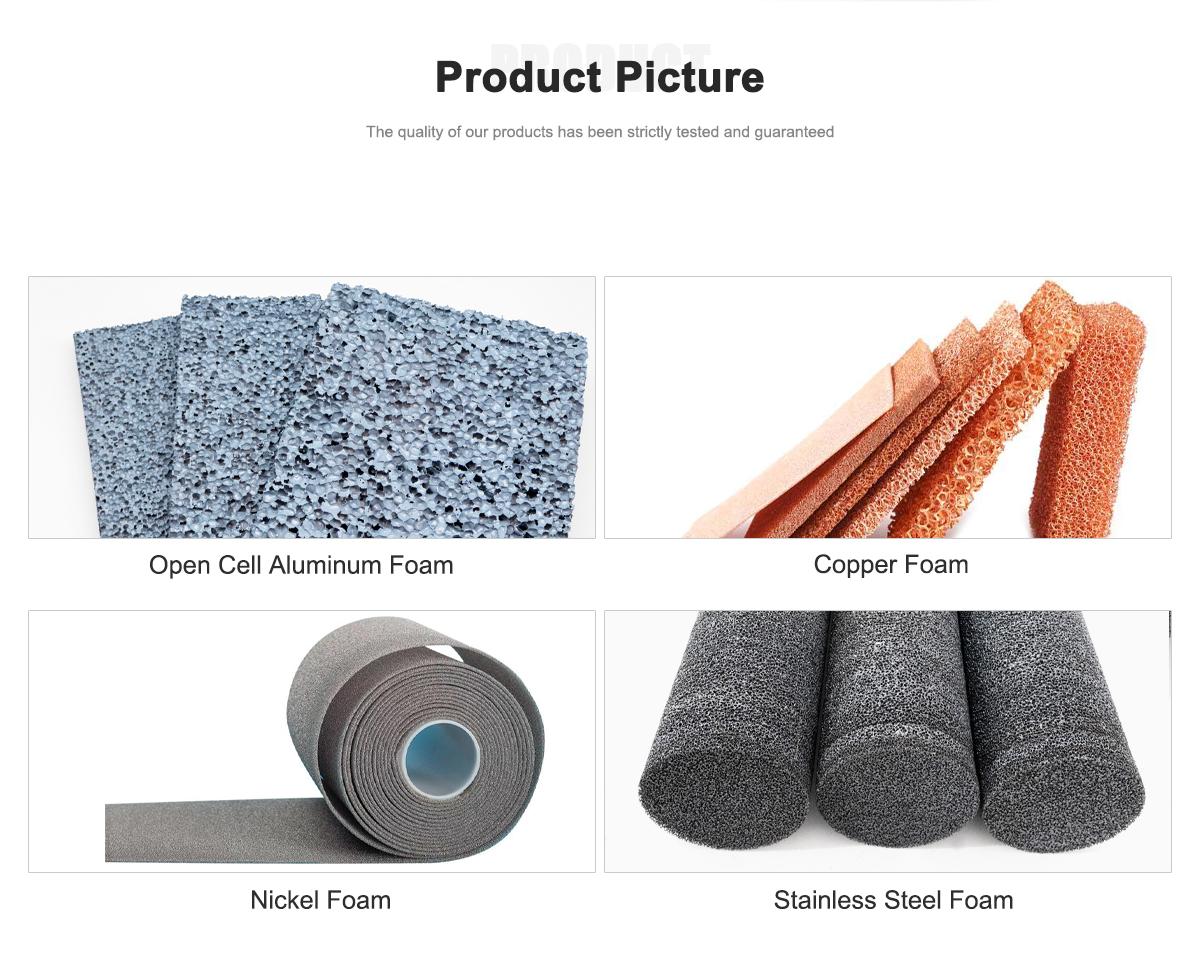
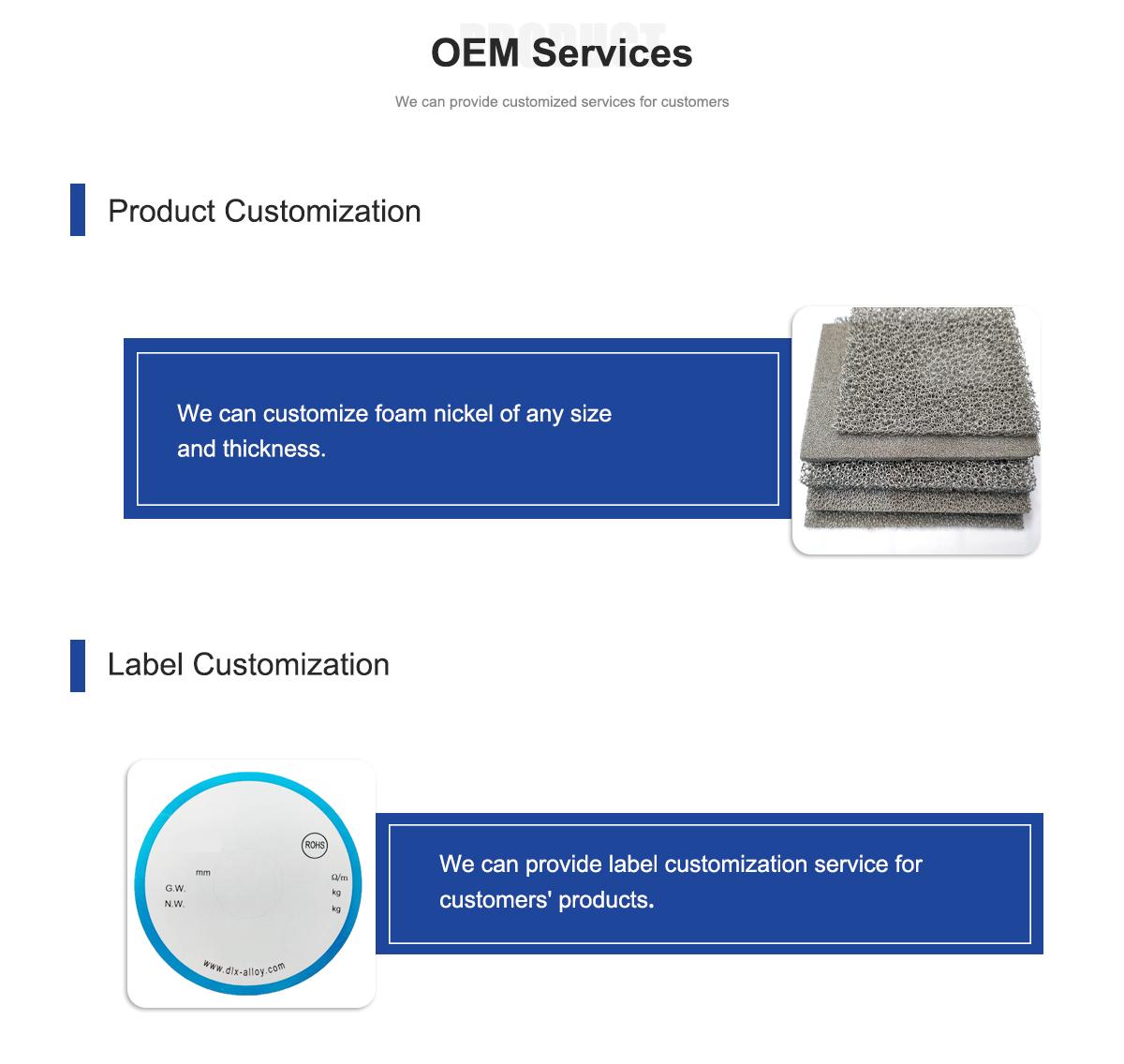
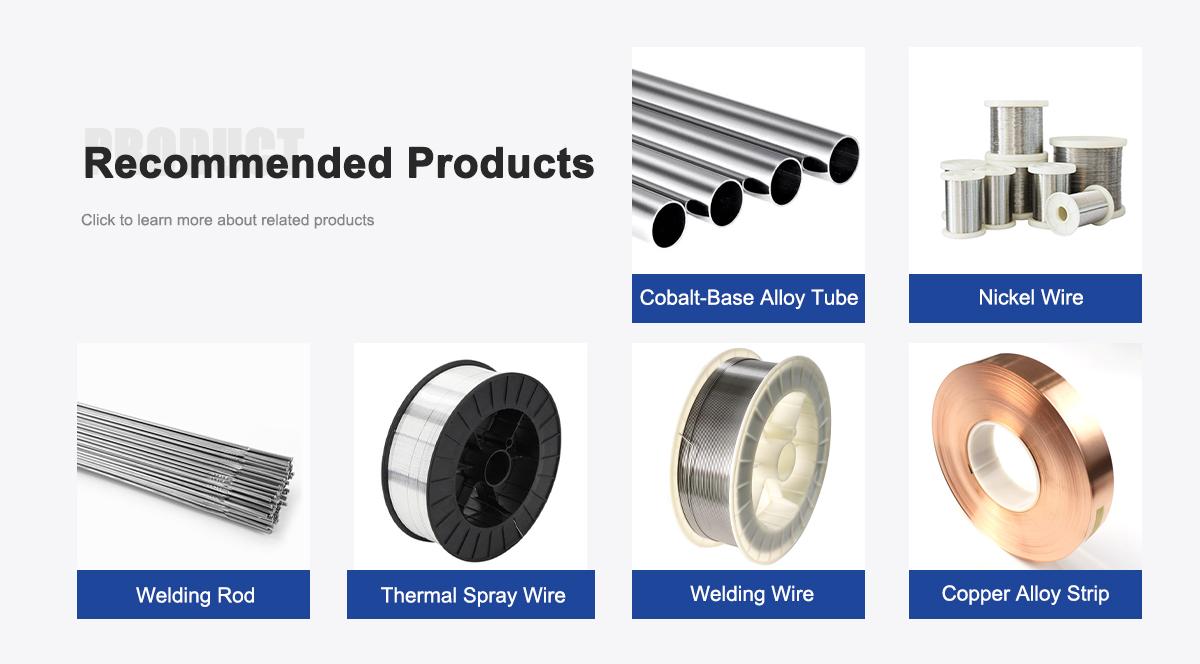
About Us:
Our 12,000㎡ factory is equipped with complete capabilities for research, production, testing, and packaging. We strictly adhere to ISO 9001 standards in our production processes, with an annual output of 1,200 tons. This ensures that we meet both quantity and quality demands. Furthermore, all products undergo rigorous simulated environment testing including high temperature, high pressure, and corrosion tests before being dispatched, ensuring they meet customer specifications.
For all our clients, we offer timely and multilingual after-sales support and technical consulting, helping you resolve any issues swiftly and efficiently.

Client Visits
Building Stronger Partnerships

We support all kinds of testing:


FAQs:
-
What is low-density nickel foam?
It’s an ultra-lightweight, porous nickel-based material designed for structural applications, offering high strength and corrosion resistance. -
How does low-density nickel foam benefit structural applications?
Its lightweight design reduces overall weight while maintaining structural integrity, improving efficiency in vehicles and buildings. -
Which industries use this nickel foam?
Aerospace, automotive, construction, marine, and defense industries rely on it for lightweight, durable structures. -
Why is low density important for nickel foam?
It minimizes weight, enhancing fuel efficiency and performance in applications like aircraft, vehicles, and portable structures. -
What are the key applications of this nickel foam?
It’s used in aircraft frames, automotive panels, building facades, vibration dampening, and lightweight support structures. -
How does nickel foam compare to other lightweight materials?
It offers better corrosion resistance, higher porosity, and superior thermal conductivity than alternatives like aluminum foam or composites. -
What are the latest trends in nickel foam for structural applications?
Growing demand for fuel-efficient designs, advancements in 3D-printed foams, and sustainable manufacturing are driving market growth. -
Is low-density nickel foam eco-friendly?
Yes, it’s fully recyclable, supports energy-efficient designs, and is produced with sustainable processes.

